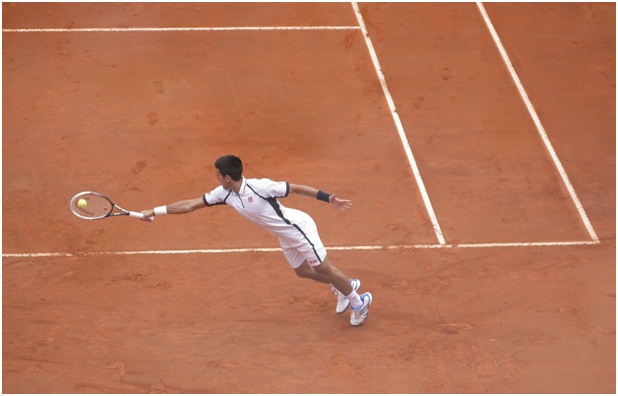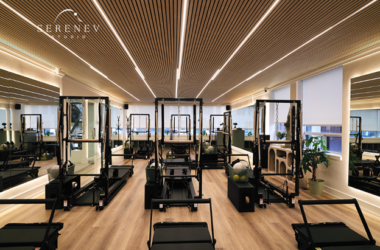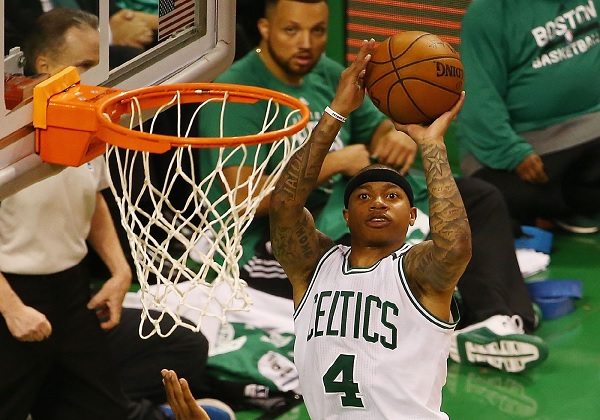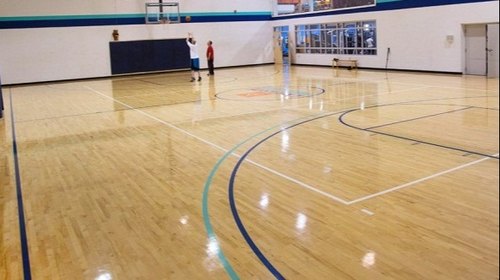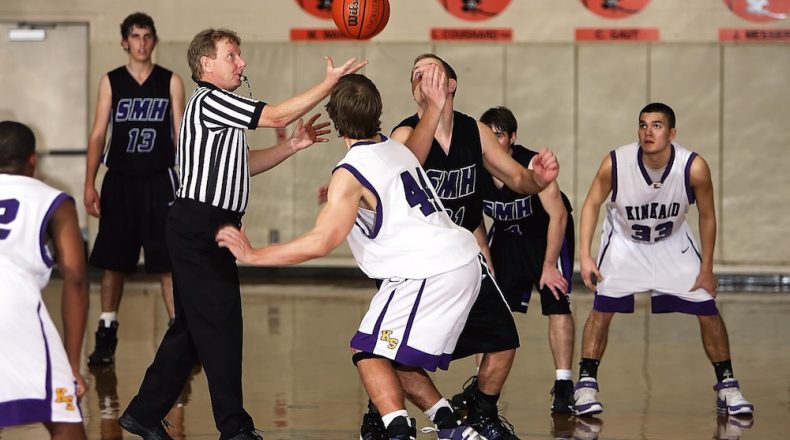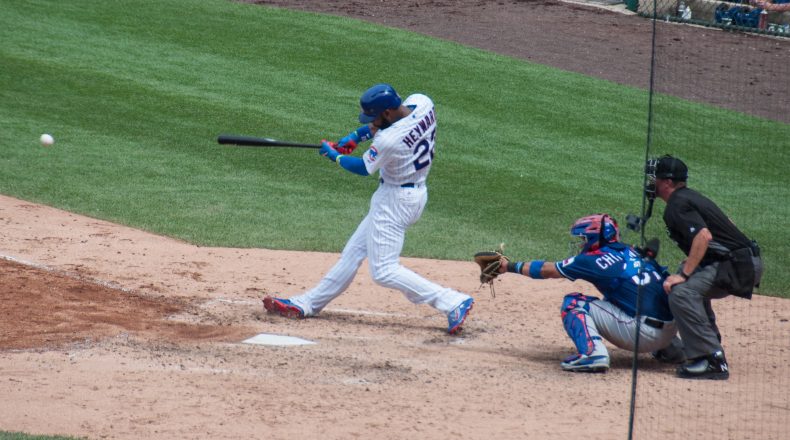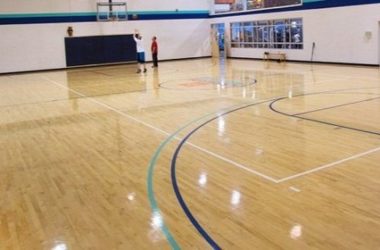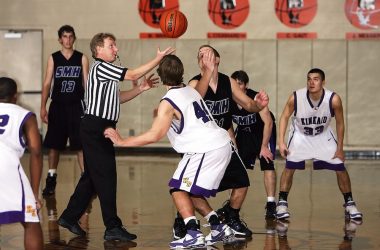Tennis is a great sport to stay in shape. In many parts of the world, it can be played year-round and provides numerous health benefits. In addition to being an excellent cardio workout, tennis also improves hand-eye coordination and flexibility. However, injuries do happen to tennis players, even if they only play occasionally. Here are some common tennis injuries and ideas on how to avoid them.
Tennis elbow
Tennis elbow is caused by repetitive motions of wrist and the arm. Players may also feel the pain in the forearm and the wrist.
To prevent tennis elbow, warm up and stretch before you start playing. Work on your swing to avoid overworking the elbow. Use arm-friendly tennis racquets that absorb the vibrations and protect the elbow.
To treat tennis elbow, take a break from the game to allow tendons to heal.Ice the elbow every day until the pain is reduced or eliminated. If pain persists, see a doctor. The doctor may recommend an ultrasound or MRI.
Ankle Sprain
It’s easy to roll the ankle while moving side to side or while quickly changing direction. The ligaments attached to the ankle joint are stretched or partially torn when the ankle is twisted.
To prevent ankle sprains, wear shoes specifically designed for tennis with firm support on the outer edge of the shoe. Consider wearing ankle braces support.
Pain from minor ankle sprains can be treated with rest, icing and over the counter NSAID medication. If the pain lasts several days and shows no improvement, consider seeking treatment.
Muscle strains
Muscle strains occur as a result of sudden and quick movements, which are common for tennis players.
Players can prevent muscle strains by doing proper warm up exercise such as a slow jog, followed by stretching the arms and legs for five to ten minutes.
Mild muscle strains can be treated by resting, icing and using a compression bandage. Reduce activity or exercise until pain goes away.
Knee Injuries
Movements in tennis can often cause twisting, turning and constant pounding on the knee. Strain on the knee adds up and can cause long-term damage and pain. In many cases, the tendons in the knee are damaged from repetitive movement.
To protect your knees, strengthen the muscles around the knee and in your legs. Always remember to warm up before playing and cool down afterward. Wear knee braces for support if you are prone to knee injuries.
If you have a knee injury, take a break from the game to allow the knee to heal. Ice the knee to ease pain and inflammation. Wear a knee brace to speed up recovery.
Conclusion
Injuries can slow you down temporarily. Don’t lose hope. Injuries are unfortunately a part of life. Recover and ease back to the game slowly as your body dictates. As you return to your previous level of play, take precautions to avoid recurrence of injuries.


